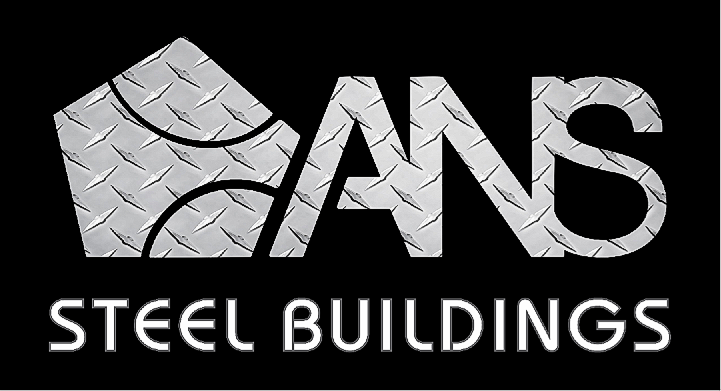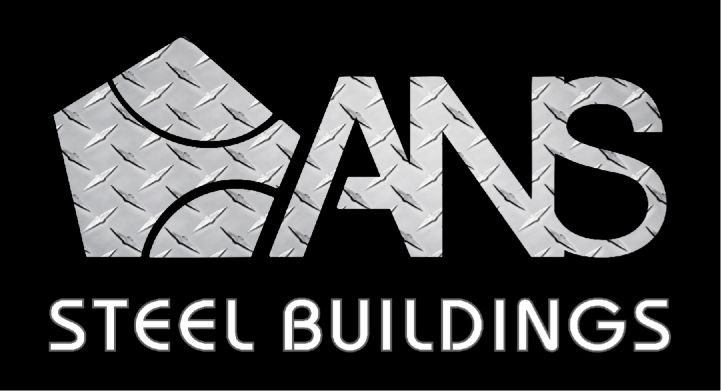Steel Building Myths Debunked: Separating Fact from Fiction
Steel buildings have gained immense popularity in recent years for their durability, cost-efficiency, and versatility. Yet, despite their numerous advantages, they have also become the subject of various myths and misconceptions. In this blog post, we'll delve into ten common myths surrounding steel buildings and debunk them with the power of facts and real-world examples. Let's set the record straight and explore the true potential of steel construction.
Myth #1: Steel Buildings Lack Aesthetic Appeal
One of the most persistent myths about steel buildings is that they lack aesthetic appeal. Many envision cold, industrial structures devoid of character. However, this couldn't be further from the truth. Steel buildings can be incredibly stylish and versatile in their design.
From sleek, modern exteriors to structures that seamlessly blend with their surroundings, steel buildings offer a wide range of customization options. Architects and designers often utilize steel to create eye-catching designs that push the boundaries of creativity. Whether you're envisioning a contemporary office space, a rustic barn, or an elegant residential home, steel can accommodate your design preferences.
Myth #2: Steel Buildings Are Not Eco-Friendly
Another common myth suggests that steel construction is detrimental to the environment. In reality, steel is one of the most eco-friendly building materials available today. Steel is highly recyclable, and much of the steel used in construction comes from recycled sources. This not only conserves natural resources but also reduces energy consumption during the manufacturing process.
Moreover, steel buildings can be designed to be energy-efficient, incorporating features such as reflective roofing, insulation, and passive solar design. These measures contribute to reduced energy consumption and lower environmental impact.
Myth #3: Steel Buildings Are Prone to Corrosion
The myth that steel buildings are prone to corrosion stems from a lack of understanding of protective measures. Steel structures are often coated with anti-corrosion treatments, including galvanization and paint. These treatments provide a durable barrier against rust and corrosion, ensuring the longevity of the building.
Additionally, advancements in coatings and materials have further enhanced the resistance of steel structures to corrosion. Steel buildings in coastal or humid environments are designed to withstand the challenges posed by saltwater and moisture.
Myth #4: Steel Buildings Are Costly to Maintain
Contrary to the belief that steel buildings are expensive to maintain, they are actually quite cost-effective in the long run. Steel's durability and resistance to environmental factors reduce the need for frequent repairs and maintenance.
Routine maintenance typically involves inspecting and replacing protective coatings, which is a straightforward process. Steel buildings require fewer repairs and replacements compared to traditional construction materials, resulting in lower maintenance costs over time.
Myth #5: Steel Buildings Are Not Energy-Efficient
Some believe that steel buildings lack energy efficiency, but modern steel construction offers excellent energy-saving potential. The key to energy-efficient steel buildings lies in proper insulation and design. By adding insulation materials to the walls and roof, steel structures can achieve high thermal efficiency. The use of advanced HVAC systems and smart design features further enhances energy efficiency.
In fact, steel buildings can often outperform traditional structures in terms of energy conservation due to their superior insulation capabilities and reduced air infiltration.
Myth #6: Steel Buildings Are Not Customizable
Steel buildings are incredibly versatile and highly customizable. They can be tailored to meet a wide range of design and functional requirements. With the help of modern design software, you can create a steel structure that reflects your unique vision.
From large clear-span spaces for commercial use to stylish residential designs, the possibilities are virtually limitless. Whether you're looking for specific roof styles, exterior finishes, or interior layouts, steel buildings can be customized to your exact specifications.
Myth #7: Steel Buildings Are Not Ideal for Residential Use
While steel is often associated with commercial and industrial applications, it's a misconception that steel buildings are unsuitable for residential use. In fact, steel residential buildings are becoming increasingly popular for their strength, longevity, and versatility.
Steel's durability and design flexibility make it an ideal choice for modern homes. Steel-framed homes offer exceptional resistance to natural disasters like earthquakes and hurricanes, providing safety and peace of mind to homeowners.
Myth #8: Steel Buildings Are Prone to Lightning Strikes
The fear of steel structures attracting lightning strikes is a persistent myth. However, steel buildings are no more likely to be struck by lightning than any other type of building. In fact, steel is a safe material when it comes to lightning. It conducts electrical current efficiently, which means that if a steel building is struck by lightning, the electrical energy is safely transferred into the ground. The structural design of steel buildings often includes lightning protection systems, like lightning rods and grounding, further minimizing any potential risks.
Moreover, it's important to note that steel buildings are non-combustible, reducing the risk of fire-related damage compared to traditional construction materials.
Myth #9: Steel Buildings Are Loud in Bad Weather
There's a common misconception that steel buildings can be noisy during rain or hailstorms. In reality, the acoustics of steel buildings largely depend on the design and insulation. Adequate insulation not only helps regulate temperature but also acts as a sound barrier, reducing noise from rain, hail, or other external factors.
Compared to other construction materials, steel can provide excellent soundproofing when designed and insulated correctly. Many steel buildings are known for their quiet interiors, ensuring a peaceful and comfortable environment even during bad weather.
Myth #10: Steel Buildings Lack Structural Integrity
One of the most critical misconceptions about steel buildings is that they lack structural integrity and strength. In truth, steel buildings are renowned for their exceptional structural stability. Steel is an incredibly strong material, and it's used in a wide range of construction applications, including skyscrapers, bridges, and industrial facilities.
The structural integrity of steel buildings is achieved through precise engineering and design. Each steel component is engineered to meet exacting standards, and the entire structure is designed to withstand various loads, from wind and snow to seismic forces. Steel buildings often have excellent load-bearing capabilities, making them suitable for a diverse range of applications.
The world of construction is filled with myths and misconceptions, and steel buildings are no exception. However, by debunking these common myths, we hope to shed light on the remarkable advantages of steel construction.
Steel buildings offer exceptional strength, versatility, and sustainability. They are a cost-effective and customizable solution for a wide range of applications, from residential homes to commercial and industrial facilities. By understanding the facts and dispelling the fiction, you can make informed decisions about choosing steel as your construction material of choice.
So the next time you consider a construction project, remember that steel buildings are not only aesthetically pleasing but also environmentally friendly, durable, and highly customizable. They are a testament to innovation, strength, and structural integrity. In the world of construction, steel reigns supreme, and the myths surrounding it are simply that—myths.
Have questions about steel buildings or interested in a quote for your next project? Feel free to reach out to ANS Steel Buildings. We're here to provide you with expert guidance, personalized solutions, and the information you need to make informed decisions about your construction needs.

